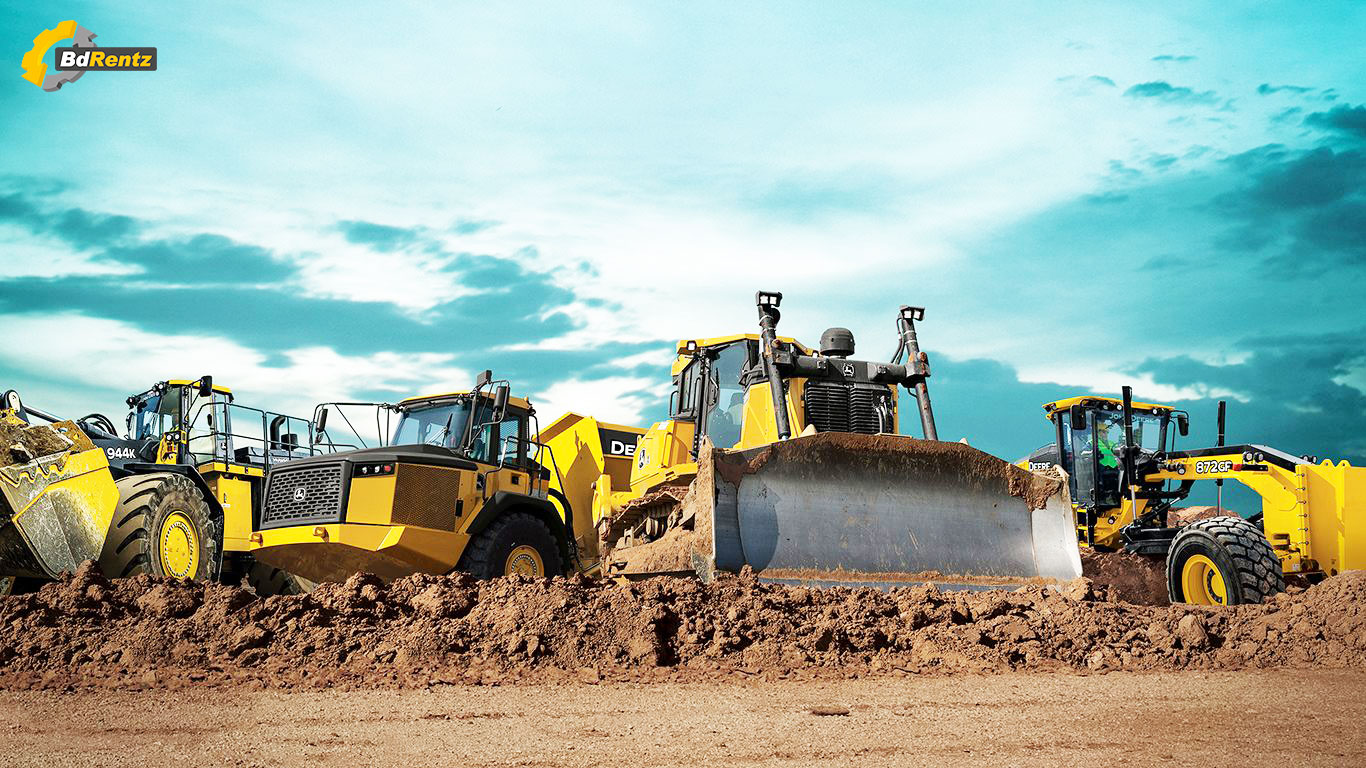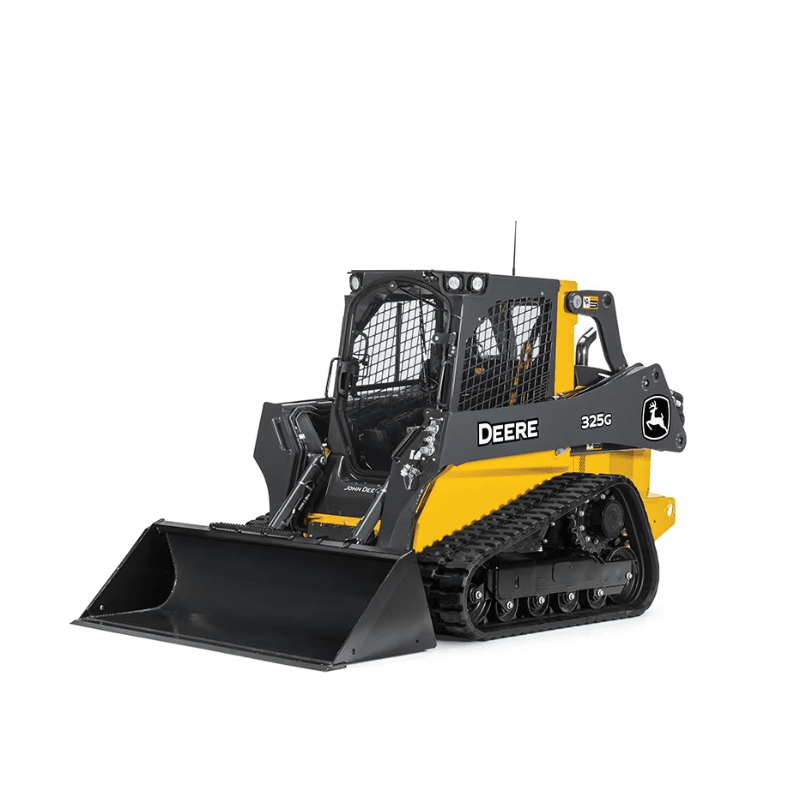Optimize Your Budget by Understanding the Costs Linked With Building Equipment Services
Understanding the complete range of prices linked with building tools rentals is important for maximizing your budget plan. What techniques can be utilized to effectively manage these costs and guarantee a more efficient rental experience?
Introduction of Rental Costs
When thinking about building equipment leasings, comprehending the linked prices is critical for effective budgeting and task planning. Rental prices can vary substantially based upon numerous aspects, including equipment type, period of service, and area. The initial rental cost typically mirrors the tools's market demand and its associated operational capabilities, influencing the total cost.
Along with the base rental rate, secondary costs may develop, such as transportation costs, fuel surcharges, and maintenance charges. It is vital to make up these extra costs to accurately assess the complete expense of renting out equipment. The rental period can affect rates; longer leasings may qualify for reduced rates, while short-term leasings may incur higher everyday fees.

Breakdown of Rental Prices
A comprehensive understanding of rental rates is vital for contractors and job supervisors aiming to enhance their budgets. Rental prices for construction equipment normally include several parts, including base rates, time-based charges, and use costs.
Base prices are the core charges related to the rental of the equipment, frequently identified by the type and size of the machinery. These rates can vary significantly, influenced by aspects such as devices need, accessibility, and local market patterns. Time-based fees, which may be daily, weekly, or monthly, offer to accommodate different project timelines and rental periods.
Furthermore, rental rates may consist of use fees, which apply when devices is utilized beyond a defined threshold, making certain that the rental business can make up deterioration. Seasonal need fluctuations can likewise impact rental rates, with peak building and construction periods commonly regulating higher rates.
In addition, understanding the rental firm's policies regarding maintenance and insurance can provide further insight right into the general cost structure. By assessing these parts, professionals can make informed choices, guaranteeing the option of rental devices lines up with both task needs and budget plan constraints.
Added Charges to Take Into Consideration
Understanding the intricacies of extra fees is critical for contractors to manage their overall service expenses properly. Past the basic rental rates, numerous auxiliary fees can considerably affect the overall expense of tools leasing. These costs typically include delivery and pickup costs, Click Here which can vary based on distance and logistics involved in carrying the equipment to and from the job site.
Additionally, some rental firms might impose fuel additional charges if the devices is returned with less fuel than when leased. It is likewise vital to understand potential cleaning costs, specifically for specific tools that needs comprehensive upkeep after usage.

Extensively assessing the rental agreement and clarifying these extra costs upfront can aid contractors stay clear of unexpected costs and make certain that budget plans remain intact throughout the job lifecycle.
Maintenance and Repair Service Costs
Regular repair and maintenance expenses are typically forgotten elements that can considerably affect the general price of building and construction tools leasings. When renting equipment, it is vital to think about not only the rental fees yet likewise the potential costs related to keeping the machinery in optimal operating condition.
Several rental business consist of standard upkeep as part of the rental contract; nevertheless, more unexpected malfunctions or considerable repairs can result in additional costs. It's important to review the rental agreement meticulously to comprehend what upkeep services are covered and what duties fall on the renter.
Furthermore, tools that is not well-kept can cause inefficiencies on duty website, potentially triggering hold-ups and enhancing task expenses. To mitigate these risks, it is suggested to carry out normal assessments rc excavator hydraulic and keep open interaction with the rental company relating to any kind of concerns that occur throughout use.
Insurance and Liability Costs
Insurance coverage and obligation expenses are critical elements that can dramatically affect the total expenditure of construction equipment leasings (dozer rental). These costs guarantee that both the rental firm and the client are protected from potential monetary losses arising from crashes, damages, or theft throughout the rental duration

In addition, customers ought to recognize any kind of deductibles or exclusions in the insurance plan, as these can influence prospective out-of-pocket costs. Comprehending the terms of any type of insurance protection is important to prevent unanticipated expenses. Inevitably, budgeting for insurance coverage and obligation expenditures can aid make certain a smoother rental experience and safeguard versus monetary threats linked with building projects.
Verdict
In conclusion, a detailed understanding of the prices associated with building and construction tools services is necessary for efficient spending plan management. Eventually, notified decision-making pertaining to equipment services contributes to the general success of construction ventures.
Rental expenses can vary significantly based on several aspects, including devices kind, period of rental, and area (boom lift rental). The rental duration can impact rates; longer rentals might certify for discounted prices, while temporary leasings could sustain higher day-to-day fees
By performing detailed research study and engaging with trustworthy rental business, specialists can successfully browse the intricacies of rental pricing, inevitably optimizing their monetary resources.
Beyond the typical rental prices, various additional fees can dramatically impact the complete cost of equipment rental. Rental business often provide liability insurance that covers injuries link to 3rd celebrations or damages to residential property, while equipment damage insurance coverage can cover the cost of repairs or replacement if the rented out devices is damaged.
Comments on “Scissor Lift Rental: Safe and Efficient Raising Solutions”